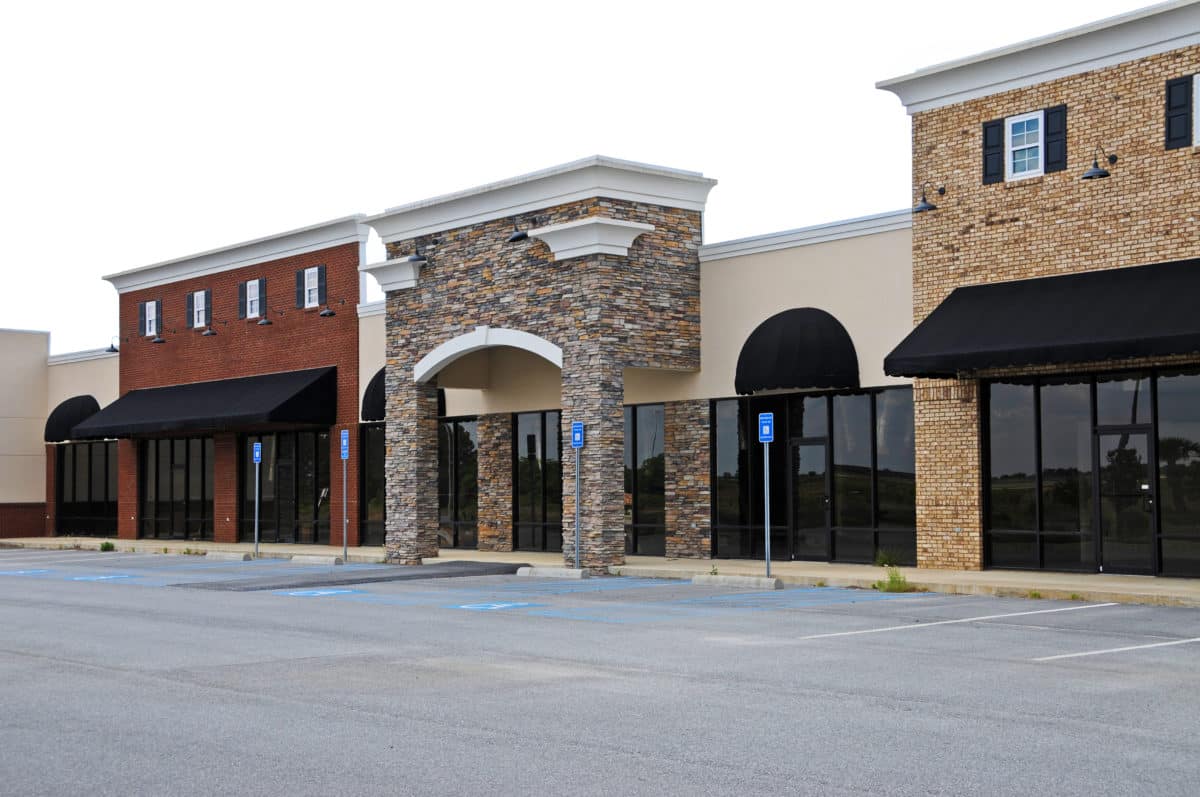Physical Address
304 North Cardinal St.
Dorchester Center, MA 02124

One of the benefits of investing in real estate comes in the way of taxes.
A big one comes in the form of using a 1031 exchange to put off paying capital gains taxes when you sell a property.
A 1031 exchange is essentially where you swap one investment property for another. When you do this, it’s done without having to cash out of your original property and pay capital gain taxes on the sale. So, essentially, your money can continue to grow tax-deferred.
The 1031 exchange (also called a like-kind exchange) is named after the IRS code that governs these transactions. And, as you might expect from the IRS, there are a lot of rules/requirements you’ll need to follow to take advantage of this exchange.
So what are the 1031 exchange requirements? Here’s a list of the basic rules so you know what they are.
There are two time periods that come into play for 1031 exchanges. Both start on the day you sell your original property.
The first is a 45 day time frame. This rule says that you have 45 days from the sale of your property to designate a new property you plan to buy as a replacement. This designation must be made in writing.
You can designate up to 3 properties during these 45 days. You don’t have to buy all 3. Just eventually buy at least one of them.
The second is a 180 day time frame. This one deals with closing on your replacement property. In order to qualify for the 1031 exchange, you must take ownership of the new, replacement property within 180 days of selling your original property.
Just a quick note here… these 2 time periods both start on the day you sell your original property.
In order to qualify for an exchange, the properties must be “like-kind”. A like-kind property must be “property of the same nature, character or class” according to the IRS.
Pretty much real estate properties are like-kind to other real estate. So, for example, you could own vacant land and do a 1031 exchange for an apartment building.
The requirement means that the new property has to be owned by the same person/entity as the previous property. So the person/company on the title of the original property must be the person/company on the title of the new property.
To get the full benefit of the 1031, the property you buy must be of equal or greater value than the one you sell. If it is less, then you will owe taxes on the difference.
When you sell your original property, you are not allowed to receive or have control over the money from the sale. The money has to go to a “Qualified Intermediary”, who is a third party that holds the money for you.
There are a few more requirements worth mentioning here.
One is that you can’t do this with personal property (i.e. your primary home). 1031 exchanges only apply to investment properties.
Another is that more than one property may be involved on the buy or sell side. If you sell a property worth $1,000,000 you can exchange it for 2 properties worth $500,000 each. Or vice versa.
Also, you can’t buy or sell a property from or to a “related party”. That means anyone in your family (kids, spouse, parents, grandparents or grandkids). And, no, you can’t use LLC or other business entities to get around this rule.
So that’s the basics of a 1031 exchange. If you’re considering one, make sure you talk to an accountant who’s familiar with them to help you navigate the process.